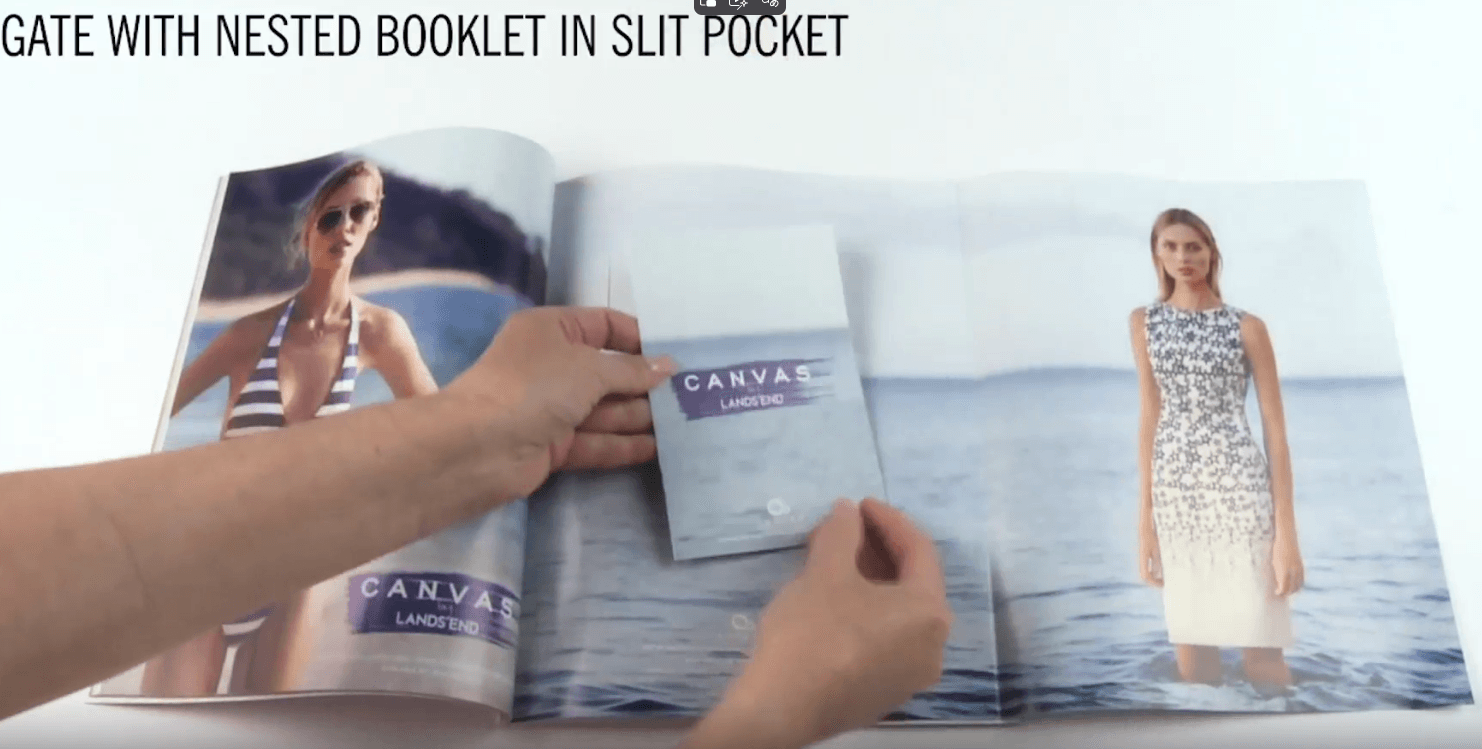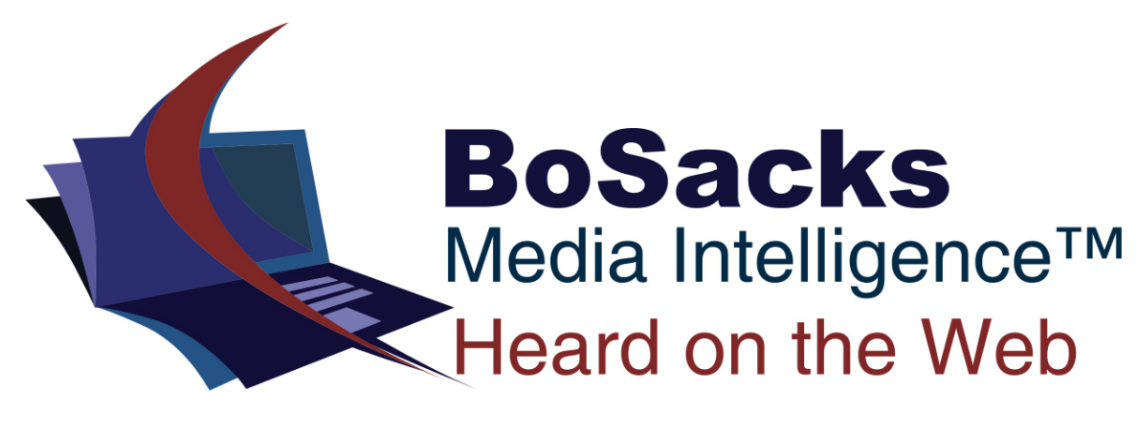The Magazine Gimmick Book That Sold Print: Lessons for 2025
By Bob Sacks
Fri, Oct 17, 2025

The Magazine Gimmick Book That Sold Print: Lessons for 2025
A few weeks back, I shared the tale of how a simple 3½-inch diskette dropped onto a magazine cover helped launch America Online into millions of homes. That little square of plastic wasn't just a tech tool; it was a publishing revolution. It proved that print, when paired with imagination, could open doors to entirely new worlds.
Today, I came across a video showcasing a parade of binding innovations. Let's call them what they are: gimmicks. Clever, tactile, unforgettable. It took me straight back to my Ziff-Davis days, when publishing was equal parts engineering and artistry.
The Gimmick Book Is Born
At Ziff-Davis, the presses were humming and advertisers were hungry. Inserts were the battleground. Everyone wanted to stand out. One day, my boss, Walter T, walked in and said, "Bo, we need a gimmick book." That was it. No roadmap, no specs, just a challenge.
I did what any curious production guy would do. I called every printer we worked with, and many we didn't. I asked for their wildest, most inventive print samples. And they delivered. Pop-ups, gatefolds, die-cuts, glued-in samples, mini-booklets, mechanical wizardry in every box.
I sorted the best into 12 loose-leaf binders for the Sales team. Each page was a tactile pitch, a physical idea. We called it "The Gimmick Book." It didn't just catch attention, it held it.
Selling Print by Touch
Though I came from production, I was suddenly invited to sales calls. Why? Because the Gimmick Book sold ideas, and I explained how they could get done. Clients didn't just hear pitches; they held them. They flipped through possibilities. They imagined their brand in motion.
That binder turned print into performance. It wasn't about ad space anymore. It was about experience. It was one of the most effective sales tools we built. It bridged the gap between creativity and commerce.
What Publishers Should Build in 2025
I don't know if any publishers still build gimmick books. Maybe none. But they should. Especially now. In an age where AI generates generic content in seconds and digital ads scroll past in milliseconds, physical creativity cuts through like nothing else.
The mechanics have evolved dramatically, but the magic of surprise remains universal.
If you want to energize your team, your advertisers, or your readers in 2025, build one. Remind them that print isn't just ink on paper. In a world drowning in AI-generated sameness, it's handcrafted differentiation.
The Neuroscience Advantage
Here's what hasn't changed: the physicality of print activates memory and emotion in ways digital media still can't replicate. Recent neuroscience research continues to confirm what we knew instinctively: people retain information better when they physically interact with it. The tactile experience creates deeper neural pathways.
A clever insert, a textured foldout, a temperature-sensitive coating, these aren't novelties. They're strategic engagement tools. They say, "A human designed this specifically for you. Now interact with it."
Print's Power in the Algorithm Age
In 2025, as algorithmic feeds fragment attention and AI floods channels with content, print's scarcity has become its strength. Physical mail response rates continue to outperform email. Premium print publications command premium attention. Why? Because receiving something tangible is now an event, not an expectation.
A smart gimmick doesn't dilute the message; it amplifies it. It transforms static communication into dynamic storytelling. It doesn't compete with digital, it complements it, creating multi-sensory brand experiences that algorithms can't generate.
Bo's Conclusion: Craftsmanship Over Clicks
Let's be clear: gimmicks, when done right, aren't gimmicky at all. They're strategic tools. They're tactile invitations. They're the kind of creative disruption that turns passive scrollers into active participants.
The best gimmicks don't just decorate the page; they provoke curiosity, spark engagement, and leave a lasting impression that survives the next notification ping.
If you want your print to perform in 2025, give it more than words. Give it motion. Give it texture. Give it surprise. Give it intelligence, the kind that comes from human creativity, not just machine learning.
Because sometimes, the most brilliant move isn't chasing the algorithm. It's earning attention through craftsmanship.
Print's true power lies not just in what it says, but in how it feels. In a world oversaturated with AI-generated content and digital noise, the most memorable message might just be the one you can hold in your hands.
So says the production guy.
